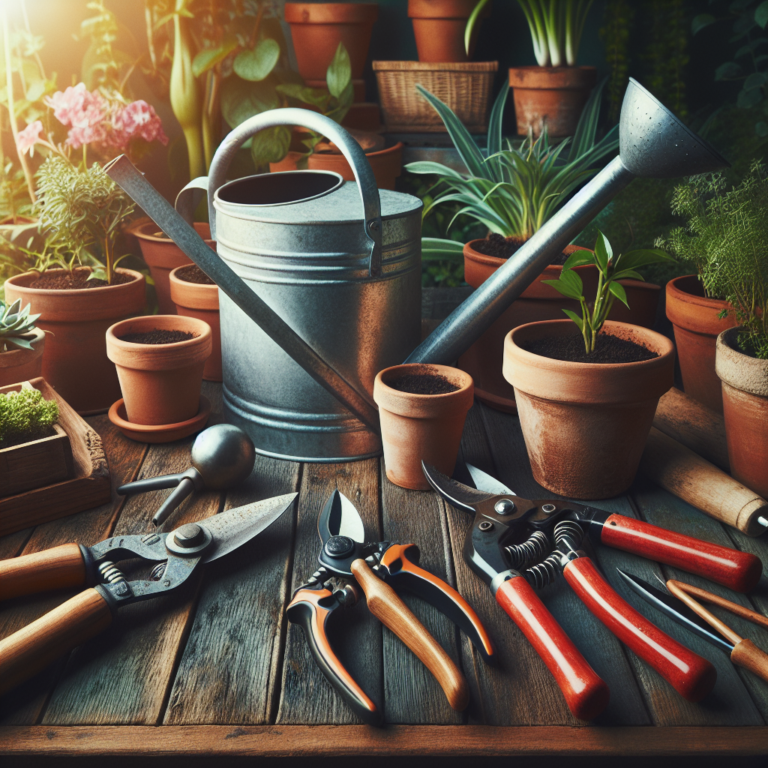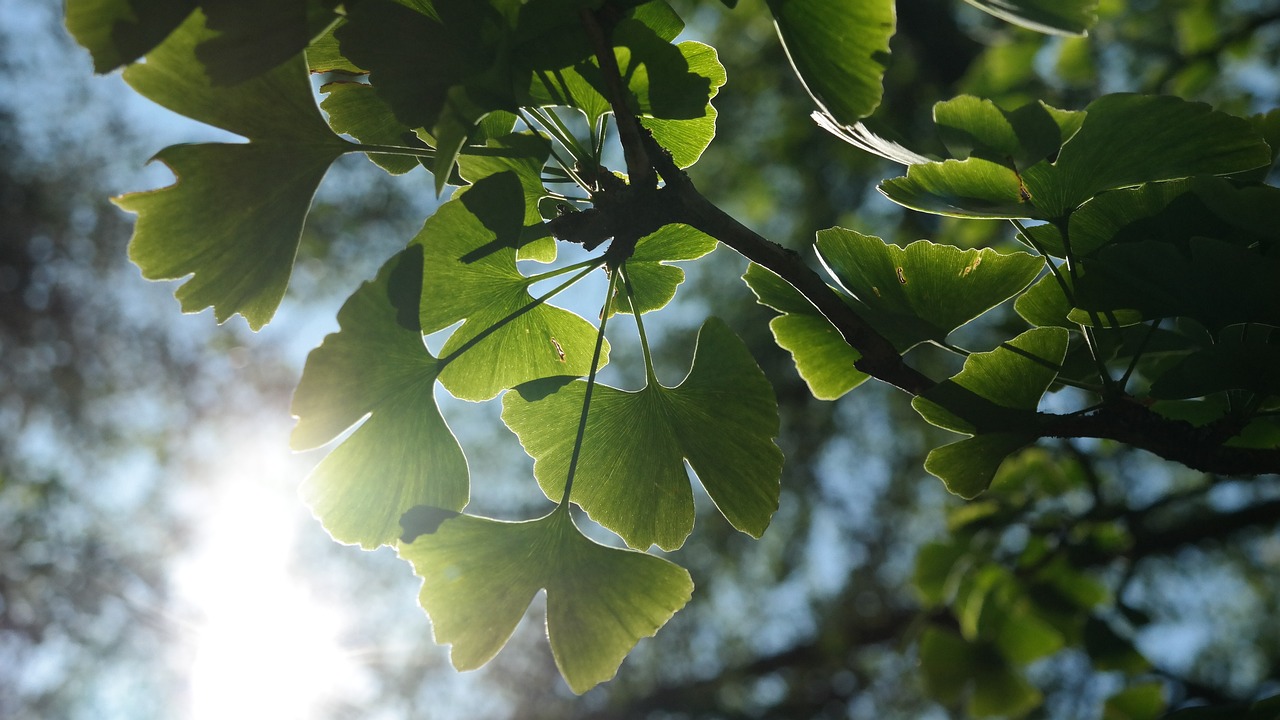Plant care can be a rewarding hobby, but it also comes with its challenges. Whether you’re a seasoned green thumb or a budding plant parent, having the right tools can make all the difference in the health and growth of your indoor garden. From the lush leaves of a baby rubber plant to the vibrant blooms of a kalanchoe, each species requires specific attention and care. In this guide, we’ll delve into the essential tools and tips for making plant care a breeze.
The Basics of Plant Care
Before we explore the tools, let’s touch on the essentials of plant care. Plants, like all living things, have basic needs: light, water, nutrients, and the right environment. Understanding these needs is crucial to keeping your plants thriving.
Light
Most houseplants require a good amount of light, but the intensity and duration can vary widely. While some plants, like the baby rubber plant, may thrive in low-light conditions, others, such as the kalanchoe, need bright, indirect sunlight to flourish.
Water
Overwatering is a common mistake among plant enthusiasts. Each plant species has its own watering needs, with some preferring consistently moist soil and others requiring periods of dryness between watering.
Nutrients
Regular feeding with the right fertilizer can help your plants grow strong and healthy. The type of fertilizer and the frequency of application will depend on the plant’s specific needs.
Environment
Temperature, humidity, and air circulation all play a role in plant health. Most houseplants prefer a consistent temperature and moderate humidity levels.
Must-Have Tools for Plant Care
With a clear understanding of the basics, let’s dive into the top tools that can help simplify and enhance your plant care routine.
Soil Moisture Meter
One of the trickiest aspects of plant care is knowing when to water. A soil moisture meter takes the guesswork out of this process by providing an accurate reading of the moisture levels in the soil. This is especially helpful for plants like the kalanchoe, which can suffer from root rot if overwatered.
Pruning Shears
Proper pruning helps maintain plant shape, remove dead or diseased foliage, and promote new growth. Investing in a pair of sharp, durable pruning shears will ensure clean cuts that heal quickly and minimize stress to the plant.
Spray Bottle
A spray bottle is an essential tool for increasing humidity around your plants, which is particularly beneficial for tropical varieties. It can also be used to apply diluted liquid fertilizers or to gently clean dust from leaves.
Fertilizer
Choosing the right fertilizer is crucial for providing your plants with the nutrients they need. Liquid fertilizers are easy to apply and can be mixed with water for regular feeding. Slow-release granules are another option that provides a steady supply of nutrients over time.
Grow Lights
If your living space lacks natural light, grow lights can provide your plants with the full spectrum of light they need to photosynthesize and grow. These are particularly useful during the darker winter months or for plants that require more light than your environment can offer.
Specialized Tools for Specific Plants
While the above tools are great for general plant care, certain plants might need more specialized attention. Here’s how to care for two popular houseplants: the kalanchoe and baby rubber plant.
Kalanchoe Plant Care
Kalanchoe plants are known for their vibrant flowers and thick leaves. They thrive in bright, indirect light and require well-draining soil. When caring for a kalanchoe, ensure you have the following:
Well-Draining Pot
A pot with drainage holes will prevent excess water from accumulating and causing root rot.
Succulent Soil Mix
A soil mix formulated for succulents will provide the right balance of drainage and water retention for your kalanchoe.
Watering Can with a Long Spout
This allows you to water the soil directly without wetting the leaves, which can lead to fungal diseases.
Baby Rubber Plant Care
The baby rubber plant is cherished for its thick, rubbery leaves and ease of care. They do well in a variety of lighting conditions but prefer bright, indirect light. Consider these tools for baby rubber plant care:
Humidity Tray
A tray filled with pebbles and water can increase the humidity around the plant, mimicking its natural tropical habitat.
Neem Oil
As a natural insecticide, neem oil can protect your baby rubber plant from common pests without the use of harsh chemicals.
Leaf Shine
A product like leaf shine can be used occasionally to keep the leaves of your baby rubber plant looking glossy and healthy.
Advanced Tools for the Avid Plant Collector
For those looking to take their plant care to the next level, there are advanced tools that can automate and refine the process.
Automated Watering Systems
Automated watering systems can be programmed to water your plants at specific intervals, ensuring they receive the right amount of water even when you’re away.
Digital Hygrometers
These devices measure the humidity levels in the air, allowing you to adjust your plant care routine in response to changes in the environment.
Soil pH Testers
The acidity or alkalinity of the soil can affect a plant’s ability to absorb nutrients. A soil pH tester can help you maintain the ideal pH level for your plants.
Conclusion
Caring for plants doesn’t have to be complicated. With the right tools and knowledge, you can keep your indoor garden thriving with minimal effort. Whether you’re caring for a delicate kalanchoe or a robust baby rubber plant, understanding their needs and having the appropriate tools at your disposal will ensure your green friends stay happy and healthy. Remember, the key to successful plant care is consistency and attention to detail. Happy planting!








